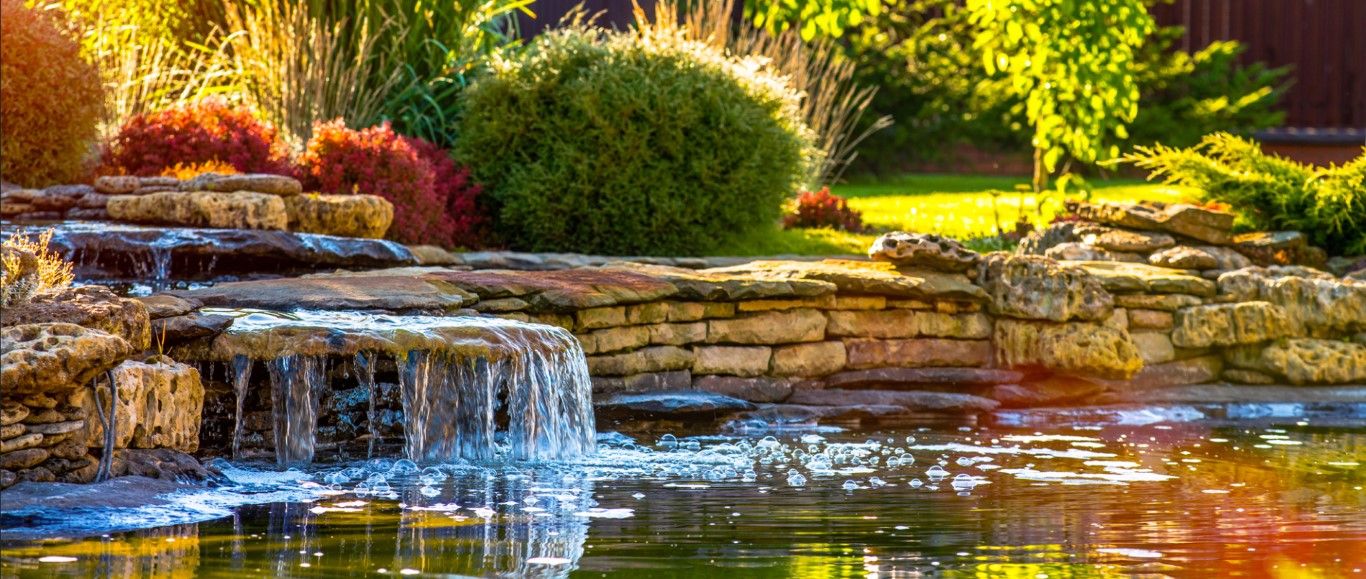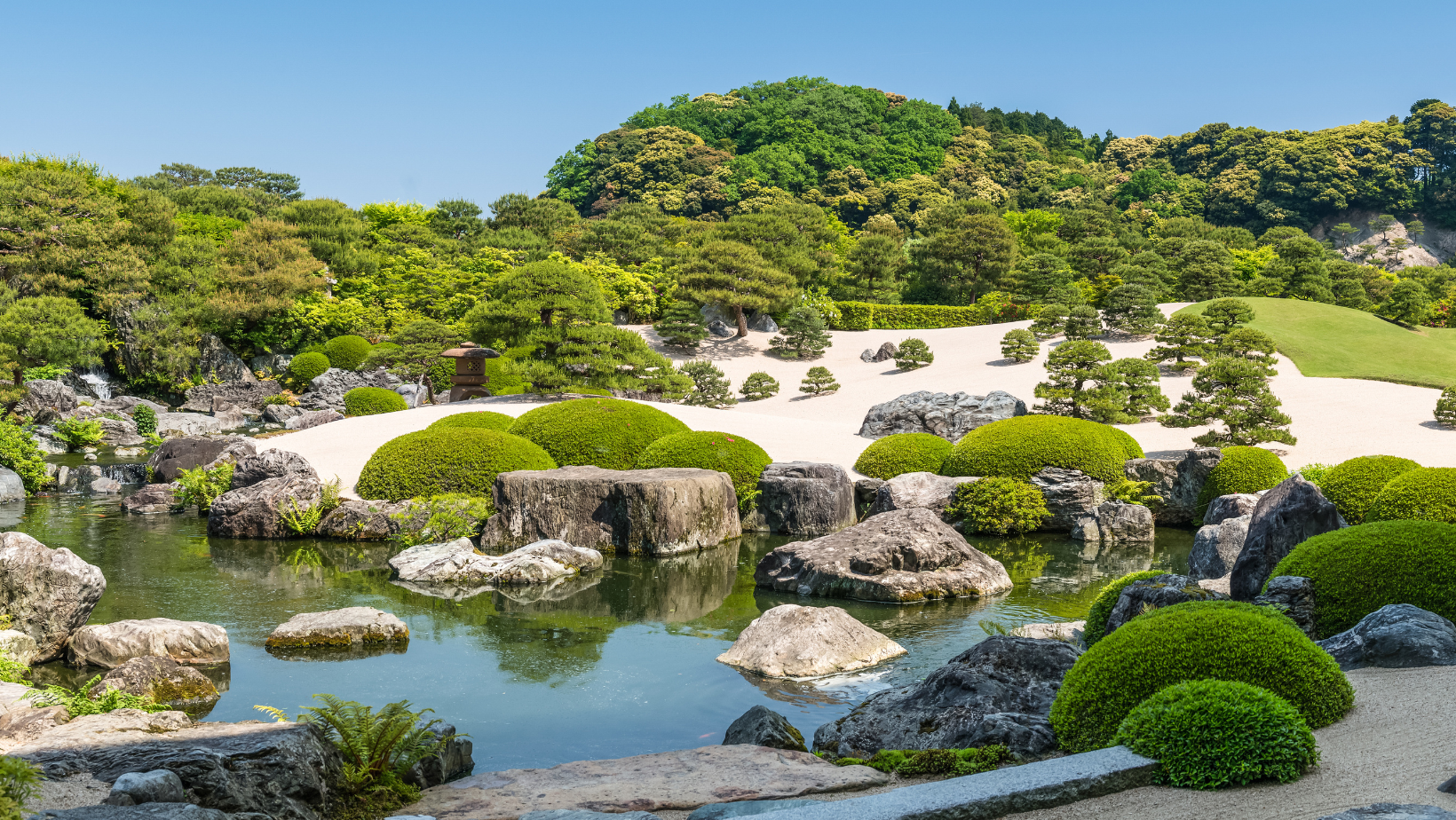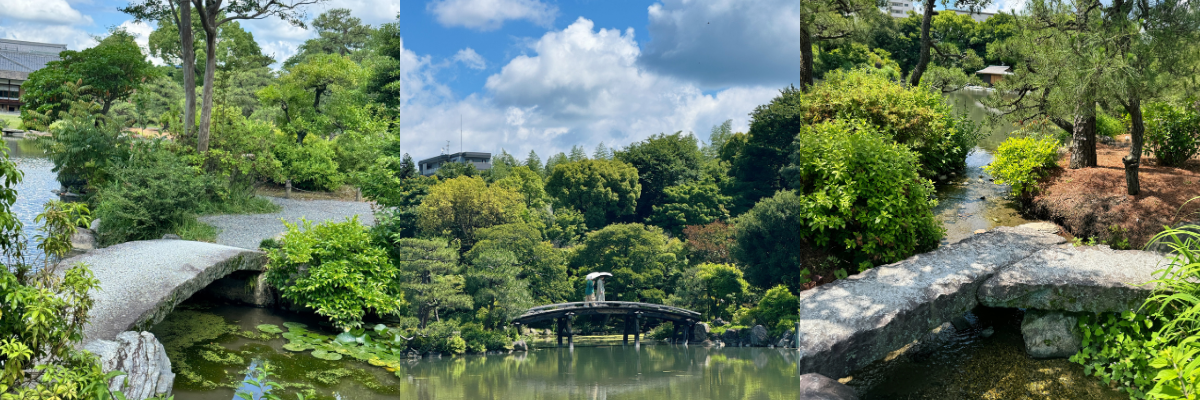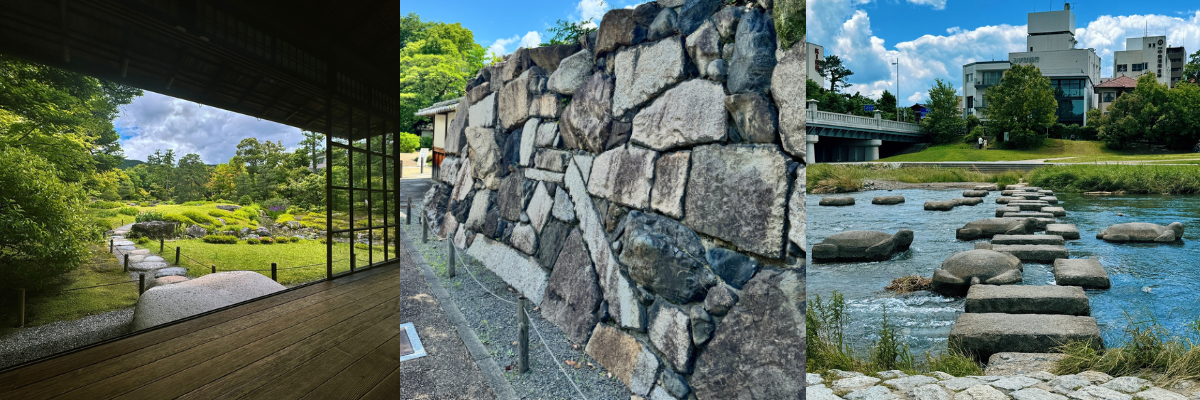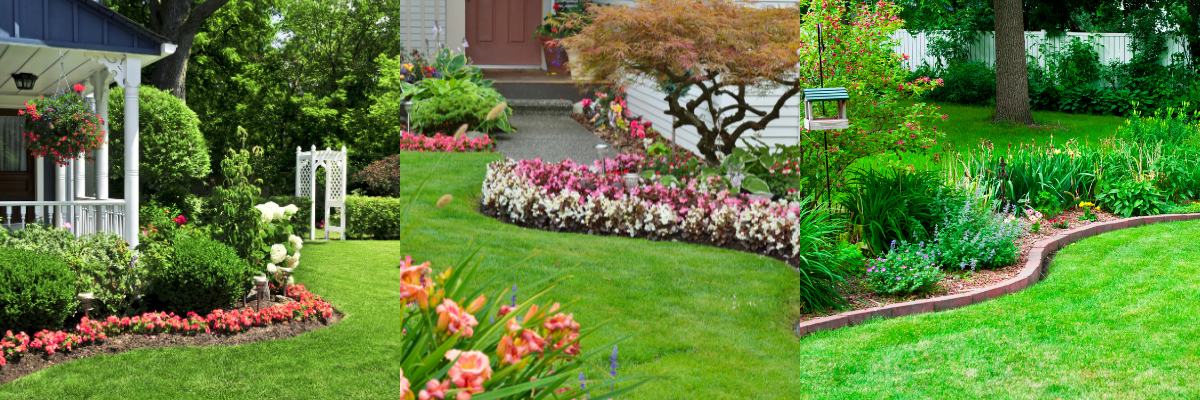Principles of Japanese Gardening Design
Principles of Japanese Gardening Design
Gardens are more than just outdoor spaces; they are reflections of culture, philosophy, and artistic expression. In both Japanese and Western traditions, garden design has evolved over centuries to create environments that inspire and engage the senses. Japanese gardens, with their emphasis on naturalness, simplicity, and contemplative spaces, contrast sharply with the often formal, symmetrical, and decorative approaches of Western garden design. This blog explores the fundamental principles of Japanese garden design, comparing them to Western gardening traditions, and delves into how these two distinct approaches continue to influence modern garden design around the world. Whether you are a gardener, landscape architect, or simply an enthusiast, understanding these principles will enrich your appreciation for the art of gardening.
Simplicity and Minimalism
Japanese gardens emphasise simplicity and minimalism, using a limited number of elements thoughtfully arranged to create harmony and balance. This minimalist approach avoids clutter and focuses on the essence of nature, fostering a serene environment.
Naturalness (Shizen)
Naturalness in Japanese gardens aims to replicate natural landscapes. Elements such as rocks, water, and plants are arranged organically, creating a seamless flow that appears unforced and natural. The goal is to let nature dictate the garden’s appearance.
Asymmetry (Fukinsei)
Unlike Western gardens that often use symmetrical layouts, Japanese gardens embrace asymmetry. This principle avoids uniformity, creating a more relaxed and natural appearance. Asymmetry reflects the unpredictability of nature, contributing to a tranquil atmosphere.
Zen Philosophy
Many Japanese gardens are influenced by Zen Buddhism, which emphasises tranquillity, meditation, and inner peace. Zen gardens often feature simple, contemplative spaces designed to foster reflection and mindfulness.
Use of Rocks and Gravel
Rocks and gravel are significant elements in Japanese gardens. They symbolise mountains and water, creating a miniature landscape. Dry landscapes, or Karesansui, use rocks and gravel to evoke the essence of water bodies and islands without using actual water.
Water Features
Water is a central element in Japanese gardens, symbolising purity and life. Ponds, streams, and waterfalls are common features, designed to promote calmness and reflection. The sound of flowing water enhances the tranquil ambience.
Seasonal Changes
Japanese gardens are designed to highlight seasonal changes. Plants are chosen for their ability to showcase different aspects of nature throughout the year. This dynamic quality ensures that the garden offers new experiences with each season.
Comparison to Western Gardening Design
Symmetry and Formality
Western gardens, particularly those influenced by European traditions, often emphasise symmetry, geometric shapes, and formal layouts. Examples include French formal gardens and Italian Renaissance gardens, where order and precision are paramount.
Ornamentation
Western gardens typically feature more ornamental elements, such as statues, fountains, and elaborate flower beds. These decorative components focus on visual impact and artistic expression, contrasting with the minimalism of Japanese gardens.
Lawn Dominance
Large lawns are a hallmark of many Western gardens. These expansive green spaces serve as central open areas around which other elements are arranged. Lawns provide a sense of openness and are often used for recreational purposes.
Plant Variety
Western gardens often boast a diverse range of plants, flowers, and trees. The selection is usually based on colours, textures, and seasonal blooms. There is a greater emphasis on horticultural variety and experimentation, showcasing the gardener's skill and creativity.
Cultural and Historical Influences
Western gardening styles are influenced by various historical and cultural factors, including the Renaissance, Baroque, and Victorian periods. Each era contributed distinct styles and features, enriching the diversity of Western garden design.
Exploring the Impact of Japanese and Western Gardening Styles on Modern Garden Design
Japanese and Western garden designs offer unique insights into their respective cultures and philosophies. While Japanese gardens prioritise naturalness, simplicity, and contemplation, Western gardens often focus on symmetry, ornamentation, and artistic expression. Understanding these differences enhances our appreciation of the diverse ways in which humanity interacts with and interprets nature through gardening.
For gardeners, landscape architects, and enthusiasts alike, the influence of these contrasting styles continues to shape modern garden design around the world. Whether seeking a tranquil space for reflection or a vibrant display of horticultural creativity, these garden styles offer a wealth of inspiration.
If you enjoyed this guide, you may also enjoy:

